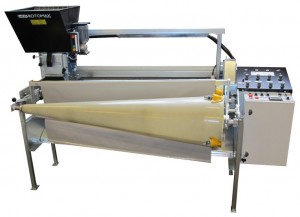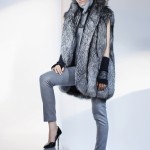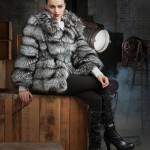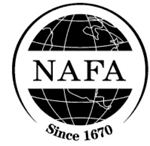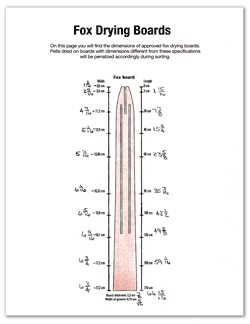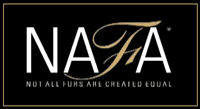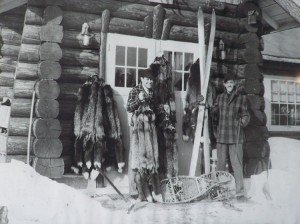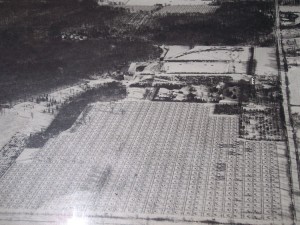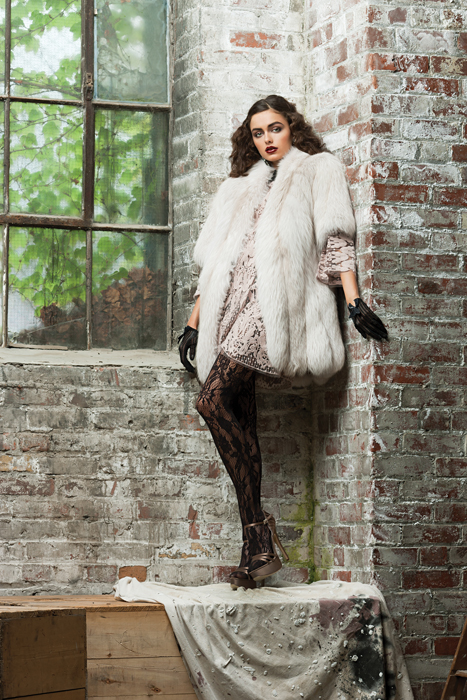
NAFA Fox has maintained world famous clarity and is medium to pale in color, perfectly fitting for today’s fashions. This fur is silky and soft to touch and is ideal for trimming and for a full garment.
Fur is a natural, renewable and sustainable resource.1
That means we only use part of what nature produces each year without depleting wildlife populations or damage the natural habitat s that sustain them. The goal is to maintain long-term ecological balance.1
In nature, each plant and animal species generally produces more offspring than the land can support to maturity. Like other species, we live by making use of part of this surplus that nature creates. We also have a responsibility to protect the wilderness areas that provide these valuable resources. Modern conservationists define this as the “sustainable use” of renewable resources.1
Synthetics, by contrast, are generally made from petroleum (a non-renewable resource), which is NOT consistent with the sustainable use of our environment. The production, transportation and disposal of petrochemicals can cause environmental problems.1
Worldwide, the fur industry is an excellent example of an industry based on sustainable use. All the furs used by the trade are abundant and absolutely no endangered species are used. This is assured by strict provincial/state, national and international regulations. Government wildlife officials and biologists ensure responsible use by establishing controlled hunting and trapping, harvest quotas, licensing, and training courses for trappers. Strict government regulations ensure that these quotas and seasons are respected.1
Thanks to modern wildlife management and trapping regulations, there are as many beavers and muskrats in North America now as when the Europeans first arrived in the continent. Raccoons, coyotes and foxes are more abundant than ever.1
Fur is naturally resilient and long-lasting.1
Well cared-for, a fur garment will remain functional and beautiful for many, many years – far longer that any other clothing material. In fact, fur coats are one of the few clothing items that are often passed down and used by two or even three generations.1
Unlike other textiles, fur garments can also be re-cut and restyled (“remodeled”) as fashions change. Your old fur coat can even be “recycled” to make bags, pillows, throws or other home accessories. At a time when the true ecological cost of “cheap”, mass-produced, disposable “fast-fashion” is just beginning to be calculated – think millions of tons of poor-quality fibers and short-life garments filling up landfills – the naturally durable and recyclable qualities of fur makes more sense than ever!1
Ethical and humane.
In terms of fur farming, Canadian and American fur farmers abide by national codes of practice and regulations to ensure that their animals are well cared for and harvested humanely. Both wild fur and ranched fur from North America qualify for Origin Assured labels guaranteeing consumers the highest standard of care.2
1. Fur is Green. Fur Council of Canada. April 2011 <http://www.furisgreen.com>.
Fur Fashion Industry Information
Fur Information Council of America – Fur Insider http://www.furinsider.com/
Fur is Green http://www.furisgreen.com/
Fur Fashions http://www.furfashions.com/
Beautiful Canadian http://www.beautifullycanadian.com
Fur.com http://www.fur.com
Fur Retailers
Kaufman Furs http://kaufmanfurs.com/
Saks Fifth Avenue http://www.saksfifthavenue.com/
Tsontos Furs http://www.tsontosfurs.com/
A.J. Ugent Furs http://www.ugentfurs.com/
Schwartz Furs, Inc. http://www.schwartzfurs.com/
Glacier Wear http://www.glacierwear.com

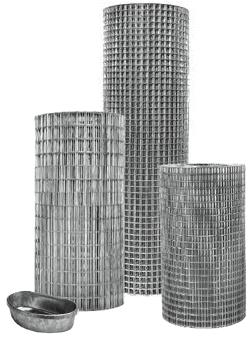 Wire, Hoppers, Water Cups and Supplies
Wire, Hoppers, Water Cups and Supplies